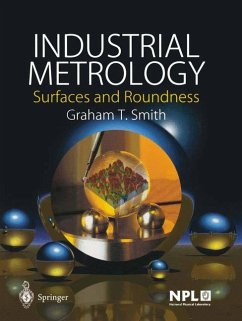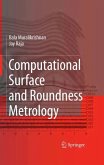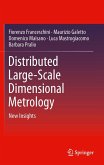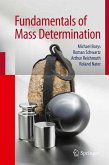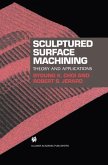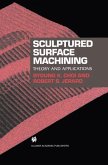The subject of this book is surface metrology, in particular two major aspects: surface texture and roundness. It has taken a long time for manufacturing engineers and designers to realise the usefulness of these features in quality of conformance and quality of design. Unfortunately this awareness has come at a time when engineers versed in the use and specification of surfaces are at a premium. Traditionally surface metrology usage has been dictated by engineers who have served long and demanding apprenticeships, usually in parallel with studies leading to technician-level qualifications. Such people understood the processes and the achievable accuracies of machine tools, thereby enabling them to match production capability with design requirements. This synergy, has been made possible by the understanding of adherence to careful metrological procedures and a detailed knowledge of surface measuring instruments and their operation, in addition to wider inspection room techniques. With the demise in the UK of polytechnics and technical colleges, this source of skilled technicians has all but dried up. The shortfall has been made up of semi skilled craftsmen, or inexperienced graduates who cannot be expected to satisfy tradition al or new technology needs. Miniaturisation, for example, has had a pro found effect. Engineering parts are now routinely being made with nanometre surface texture and fiatness. At these molecular and atomic scales, the engineer has to be a physicist.
Hinweis: Dieser Artikel kann nur an eine deutsche Lieferadresse ausgeliefert werden.
Hinweis: Dieser Artikel kann nur an eine deutsche Lieferadresse ausgeliefert werden.

